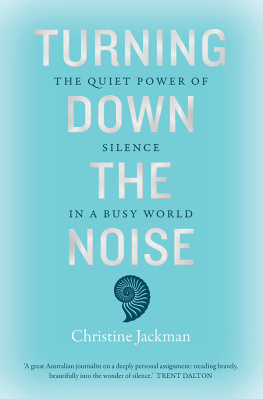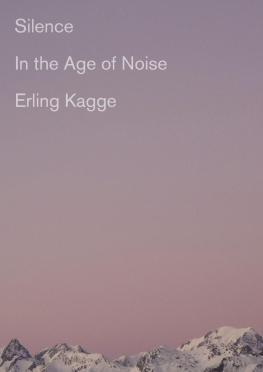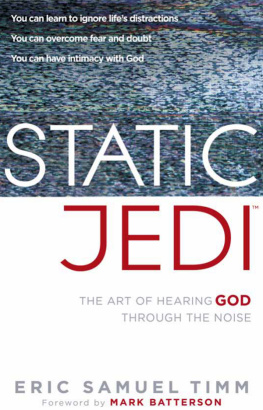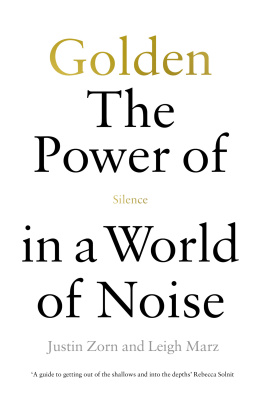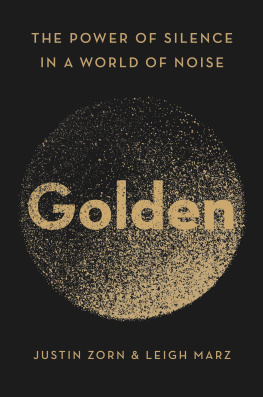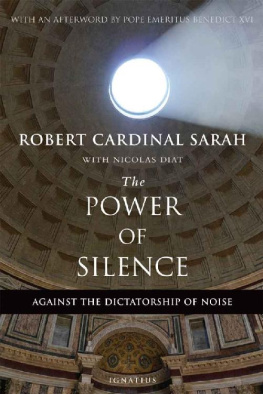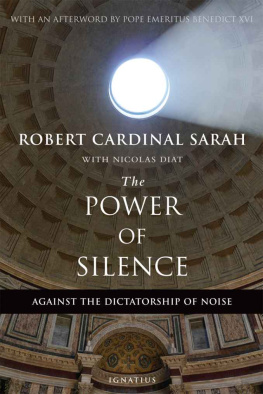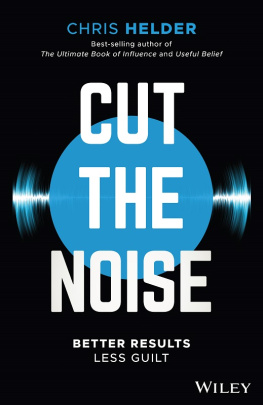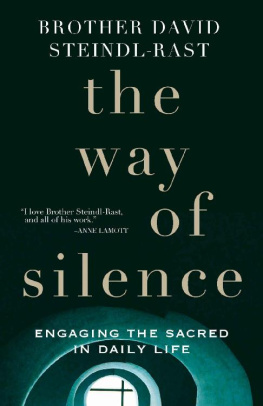
Published in 2020 by Murdoch Books, an imprint of Allen & Unwin
Copyright Christine Jackman 2020
All rights reserved. No part of this book may be reproduced or transmitted in any form or by any means, electronic or mechanical, including photocopying, recording or by any information storage and retrieval system, without prior permission in writing from the publisher. The Australian Copyright Act 1968 (the Act) allows a maximum of one chapter or 10 per cent of this book, whichever is the greater, to be photocopied by any educational institution for its educational purposes provided that the educational institution (or body that administers it) has given a remuneration notice to the Copyright Agency (Australia) under the Act.
Murdoch Books Australia
83 Alexander Street, Crows Nest NSW 2065
Phone: +61 (0)2 8425 0100
murdochbooks.com.au
Murdoch Books UK
Ormond House, 2627 Boswell Street, London WC1N 3JZ
Phone: +44 (0) 20 8785 5995
murdochbooks.co.uk

ISBN 978 1 76052 589 7 Australia
ISBN 978 1 91163 293 1 UK
eISBN 978 1 76106 021 2
Cover design by Sandy Cull, sandycull.com
Illustration by Roman Sotola, Shutterstock
Text design by Megan Ellis
Typeset by Midland Typesetters, Australia
For Dad
Silence at the proper season is wisdom, and better than any speech.
PLUTARCH (c. 45120 CE)

I fell in love with silence long before I could name it.
Perhaps we all do. Perhaps it is there, that human attraction to silence, gently imprinted on our genes as uniquely and as indelibly as our own fingerprints, from the time we bob like little satellites in the soft, dark universe of our mothers womb.
But once we enter this noisy and colourful world, the power of silence is eclipsed. There are so many exciting things to discover, not least the impact that our own noisescrying and cooing, screaming and babbling, and finally words and sentenceshave on the people around us.
Eclipsed, then, but not erased. I believe the memory of silence lingers somewhere, like a first love, in our unconsciousness. Sometimes it might give us a nudge, like a deja vu, a familiar chord resonating somewhere deep in our souls. The question is whether we turn to it againwhether we choose to reignite this ancient human love story amid all the babble, the pings, the alerts, the alarms of daily life.
The first time I felt a pull towards something bigger than me, something that felt like a welcoming space without being physically tangible, something as soothing as a parents whisper and yet not audible, was in the early 1970s. It was a time when a generation of young hippies were ditching relatively privileged lives in the West to immerse themselves in the esoteric practices of yoga, chanting and meditation found in places like India, Tibet and Nepal. But nothing quite that exotic was happening in Brisbane, Queensland. And besides, I was just four years old.
The high-water mark of progressivism in Brisbane at that time may have been a decision by the Brisbane Kindergarten Teachers College to accept male students, establishing it as the first such institution in Australia to do so. A record 392 students enrolled at the college in 1973, perhaps also attracted by the completion of a state-of-the-art demonstration kindergarten equipped with the latest observation technology, including a narrow viewing room hidden behind a one-way mirror. This was my kindy, nestled into the curve of the hill just below the college in Kelvin Grove, on the fringe of the city.
Early childhood education was still a relatively new concept then, and plenty of children started big school with no experience of regular days playing away from home, let alone a formal schedule. But for those whose parents were progressiveor desperateenough to hand their offspring into the care of others, there were plenty of novelties that couldnt be had in your average lounge room or backyard.
Like the big bottles of thick paint, which would glug out in such fat, bright sausages that there would always be at least one child who succumbed to the temptation to taste it. And a real potters wheel and kilnplenty of kids tried eating the clay, too. And a carpenters bench where, if you werent paying attention, you could smack your thumb with a real hammer or jam a finger inside the vice.
But it was outside where the real delights were to be found. Beside the sandpit and swings was a cubbyhouse of such remarkable dimensions that it seemed, at least to a child, that a Kansas tornado had caught up the palace of the Wizard of Oz himself and deposited it in Kelvin Grove. Granted, there were no glittering emeralds or horses of a different colour; the cubbyhouse was, in fact, built of stodgy brown plywood. But it boasted a maze of levels that could be explored via ladders and tiny crawl spaces, until you emerged out the top and slid back to earth on a firemans pole, or skittered down on a slide which, as it too was made of wood, barely deserved the name. A fishing net of chunky knotted rope hung down one wall, which meant that, most playtimes, a staff member would have to rescue a wailing child who, having lost its nerve halfway up, had become stuck like a starfish caught in a fishermans haul.
That cubbyhouse breathed stories. Its unlikely presence here, in an otherwise nondescript town that spent much of the year in soupy, subtropical torpor, was welcome evidence that magic might exist after all. It was easy to become a pirate clambering up the nets, a princess calling from a window, or a unicorn stamping on the thick, tangy pine bark below. And inside, in the dim, protected spaces, there was room just to sit and be.
But, like everything else at the kindergarten, access to the cubbyhouse was ruled by a very strict schedule. And that schedule demanded that after an hour or so of outdoor play each morning, children were required to come in for rug time. Once we had queued in a manner that was sufficiently subdued and orderedand therefore deemed grown upwe were ushered inside to remove our shoes and socks, before assembling on a bright-green shag pile rug to chant nursery rhymes and sing educational songs.
On the day a routine headcount revealed one child missing from the throng on the itchy rug, it was entirely possible the group was being observed by a class of student teachers behind the one-way glass. Perhaps, then, when a kindy teacher was dispatched to check the playground, a ripple of excitement ran through the viewing group, like tourists on an African safari sensing a disturbance among a herd of grazing gazelle. And imagine the furious speculation and note-taking that broke out when another, more senior staff member joined the first outside, and assumed a position not unlike that of a hostage negotiator, addressing the tall brown walls of the cubbyhouse in a calm but assertiveand, of course, age-appropriatemanner.
How did the young would-be teachers resist surging outside to get a better vantage point when the first staffer finally heaved her way up the cubbys ladder, squeezing through a child-sized trapdoor to the second floor? And what were the pedagogic insightsthe key learnings, to use todays equally clunky management jargonwhen she re-emerged, her fingers clasping the wrist of a decidedly unimpressed little girl? Did any of them speculate as to why one small child had opted to remain alone in the shadows of the cubbyhouse, rather than join her classmates on the shag pile for a few rowdy choruses of Incy Wincy Spider and Hickory Dickory Dock?
Next page
